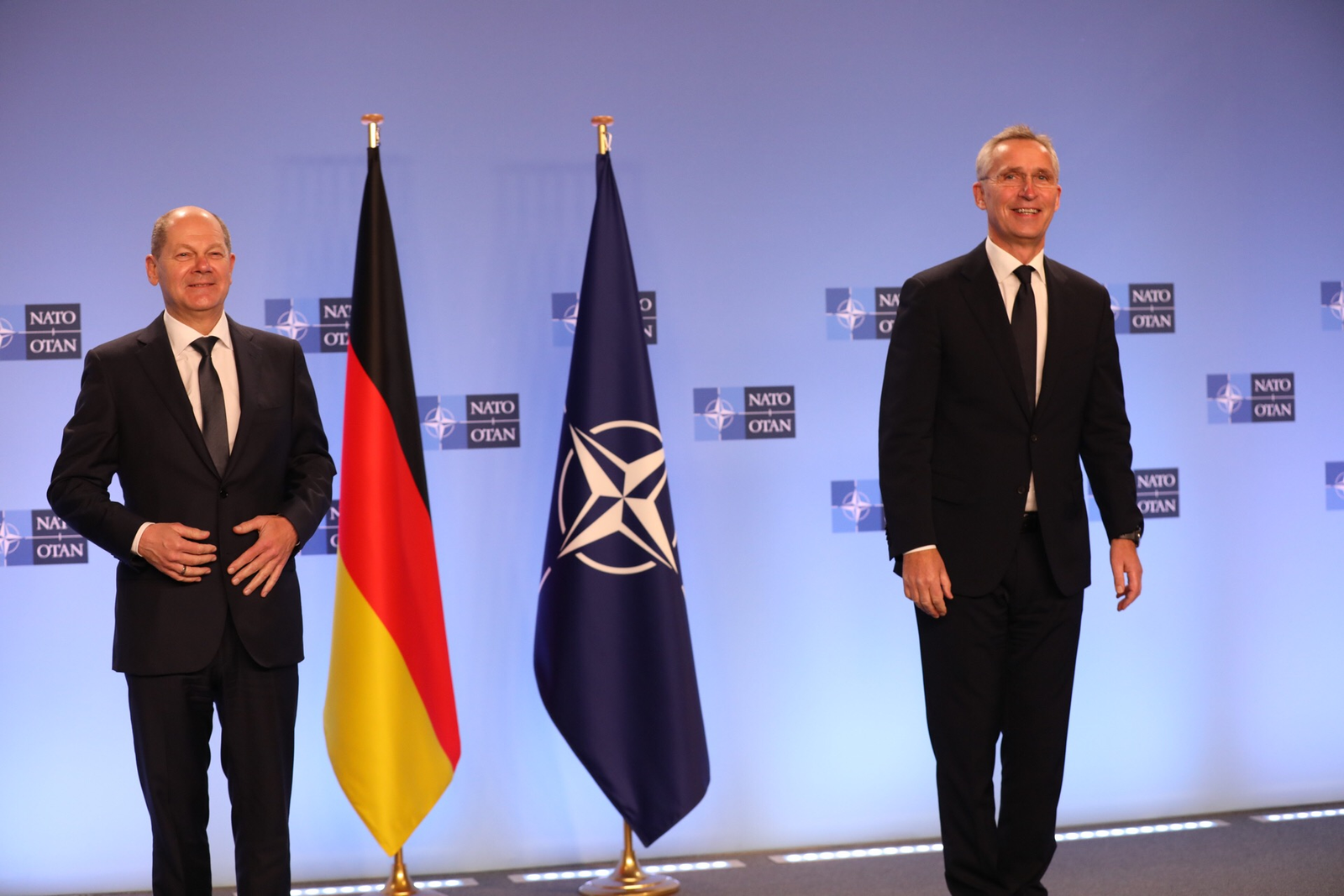
Have you seen how European defense arguments have become back-page noise to front-page headlines? It’s not only the war in Ukraine that’s pushing this trend—it’s the recognition that Europe’s military clout, particularly that of Germany, is less than it should be for what lies in the future.

Germany, a country long regarded as an economic giant, is now under tremendous pressure to become a military titan. Chancellor Friedrich Merz has vowed to render the Bundeswehr Europe’s most powerful conventional force, but the chasm between desire and reality is large. As Bundeswehr Commissioner Eva Högl puts it, “Despite the impressive work, significant advances in people, materiel, and infrastructure are still far away.” Germany’s army is getting older and smaller, with shortages in equipment from tanks and aircraft to simple ammunition and spare parts. Despite the announcement of a €100 billion modernization fund, things have moved slowly, and the force is still well short of achieving NATO standards for operations.

And the urgency is growing. At the recent NATO summit, members agreed to increase defense spending to an eye-watering 5% of GDP by 2035—a jump from the old 2% goal. For Germany, it would mean allocating almost half its federal budget to the military, a step that’s creating tension within the government and incredulity among citizens. Some politicians claim that linking spending on the military to GDP is lunacy, but security analysts such as Aylin Matle maintain that it’s in Germany’s national interest to be capable of defending itself, particularly as the United States indicates that it may reduce its military presence in Europe.

But that is not the only obstacle. Europe is experiencing an increasing recruitment crisis. A survey conducted by Gallup revealed that only 32 percent of citizens of the EU would be ready to fight for their nation if war were to erupt. The percentage of youth perceiving the army as a desirable employer in Germany fell from 69 percent to 49 percent in the last six years, and roughly a quarter of recruits make it through basic training. The Bundeswehr is still shrinking and growing older, and despite more intensive recruitment, hiring the 50,000–60,000 troops required to satisfy NATO’s new mandate seems unlikely without the politically sensitive reintroduction of conscription—a proposition not in the cards today.

Then how are the militaries attempting to recruit a generation that doesn’t want to serve? European recruitment efforts have moved on from patriotic fare to promises of adventure, self-betterment, and diversity. France’s military, for instance, emphasizes its 117 specialisms now and encourages youth to have a go at team activities. Sweden aims for 30 percent women recruits in 2030, while the UK has tried what-if language, turning millennial stereotypes into positives. But even the most clever marketing efforts fight against wider social trends—unemployment, loneliness on the internet, and a sense of lack of purpose—turning military service into an uphill battle.

On the other hand, Germany is struggling with how to commemorate its veterans and create a military appreciation culture. The country held its first national Veterans Day in 2024, seeking to acknowledge the sacrifices of the Bundeswehr’s 11 million serving and former servicemembers. However, as Christoph Nitschke points out, Germany continues to be a post-heroic nation, intensely skeptical of militarism and still struggling with its divided history. The expectation is that an out-of-sight veterans’ culture will create grass-roots backing for the military and fuel a larger debate about what defense really is—and what’s worth fighting for.

The war in Ukraine has had a ripple effect in defense industries as well. Germany, Romania, and other European nations are scrambling to get caught up on modernization, eliminate Soviet-era hardware, and expand local production. Romania, for example, did initiate an ambitious program to modernize its defense industry with companies from Israel, Israel, the US, France, Poland, Turkey, and South Korea. But bureaucratic inefficiency, the high cost of energy, and systematic underspending continue to be severe challenges. Efforts to pursue more “Buy European” buying and greater interoperability are in the offing, but actual transformation will take streamlined decision-making and an emphasis on niche specialties such as ammunition production and cybersecurity.

Arming Ukraine has also rejuvenated the US defense manufacturing base. While Ukraine receives old hardware, factories in America are increasing production of fresh gear, creating jobs and bolstering supply chains. This one-time-in-a-generation demand is also closing some of the historic vulnerabilities in ordnance and missile manufacturing, with billions entering prime contractors and vital suppliers nationwide.

History provides some lessons here. During World War I, both the Western Front’s opposing sides competed to evolve their tactics, technology, and organizations to the harsh realities of trench warfare. Who could innovate—using tanks, aircraft, or logistics—often decided the superior position. Today, the process of adaptation is occurring at the software speed. Armies are building digital infrastructure, public-private collaboration, and speedy development capability to keep ahead of opponents. The test is not merely designing superior hardware, but developing the organizational culture and human capital necessary to identify and react to emerging threats.

Europe’s path forward is steep. Addressing NATO’s new expenditure and capability goals will take more than money, but a culture change—one that prioritizes military service, cares for veterans, and inspires a strategic conversation about security and collective defense. As the US indicates a potential abdication of its security guarantor role in Europe, nations such as Germany need to determine whether they are prepared to fill the gap and take charge. The potential consequences could not be greater: the future of European security hangs in the balance.
